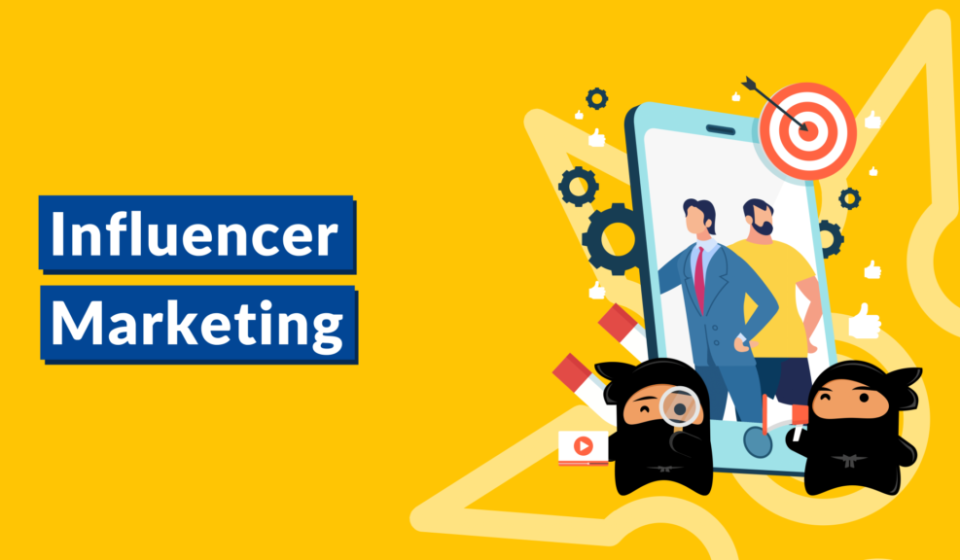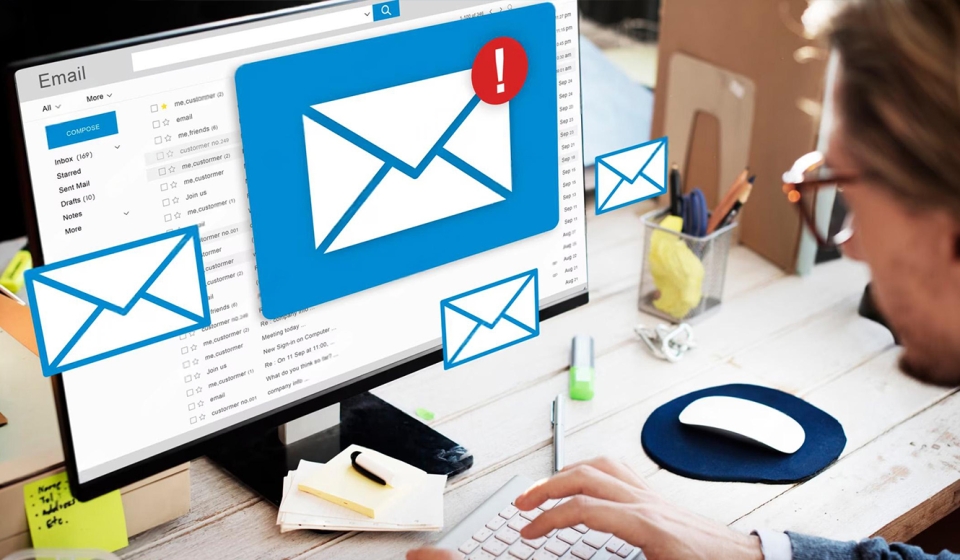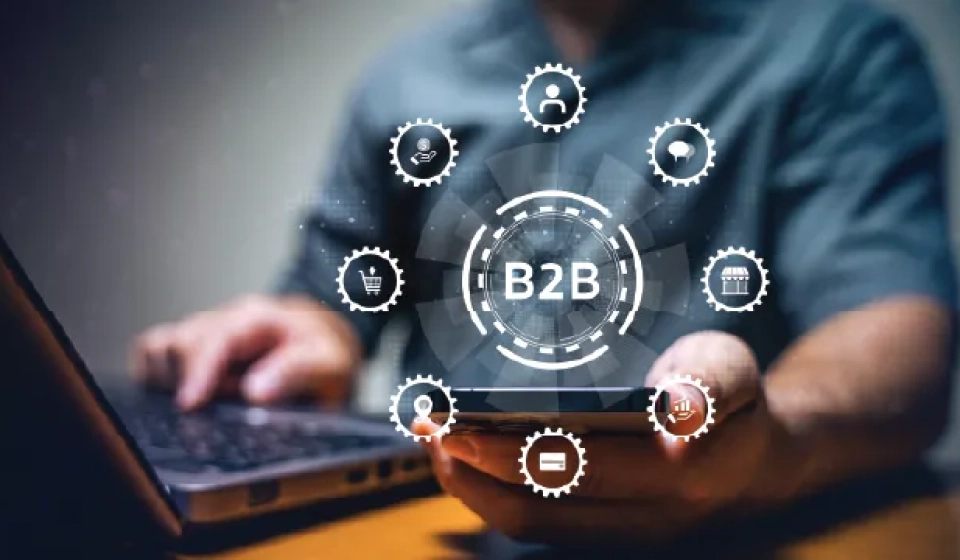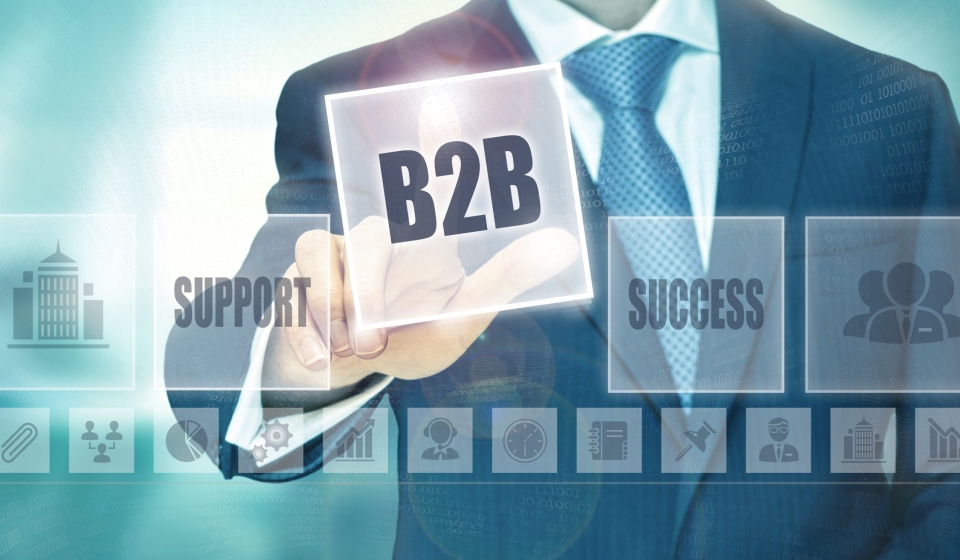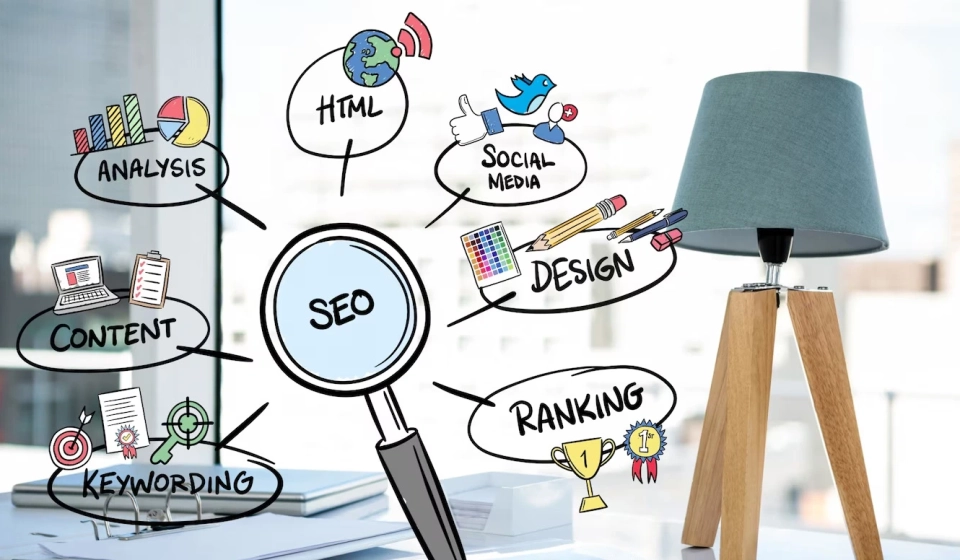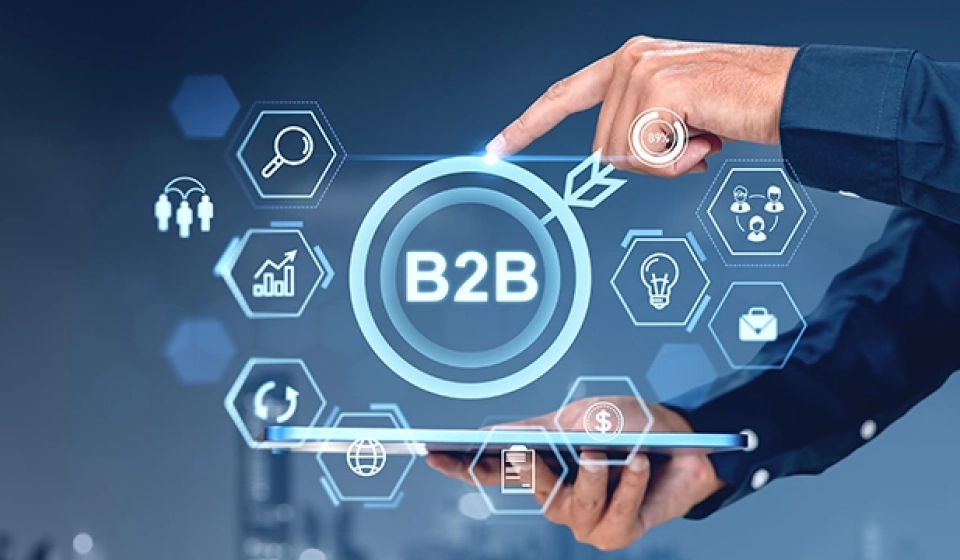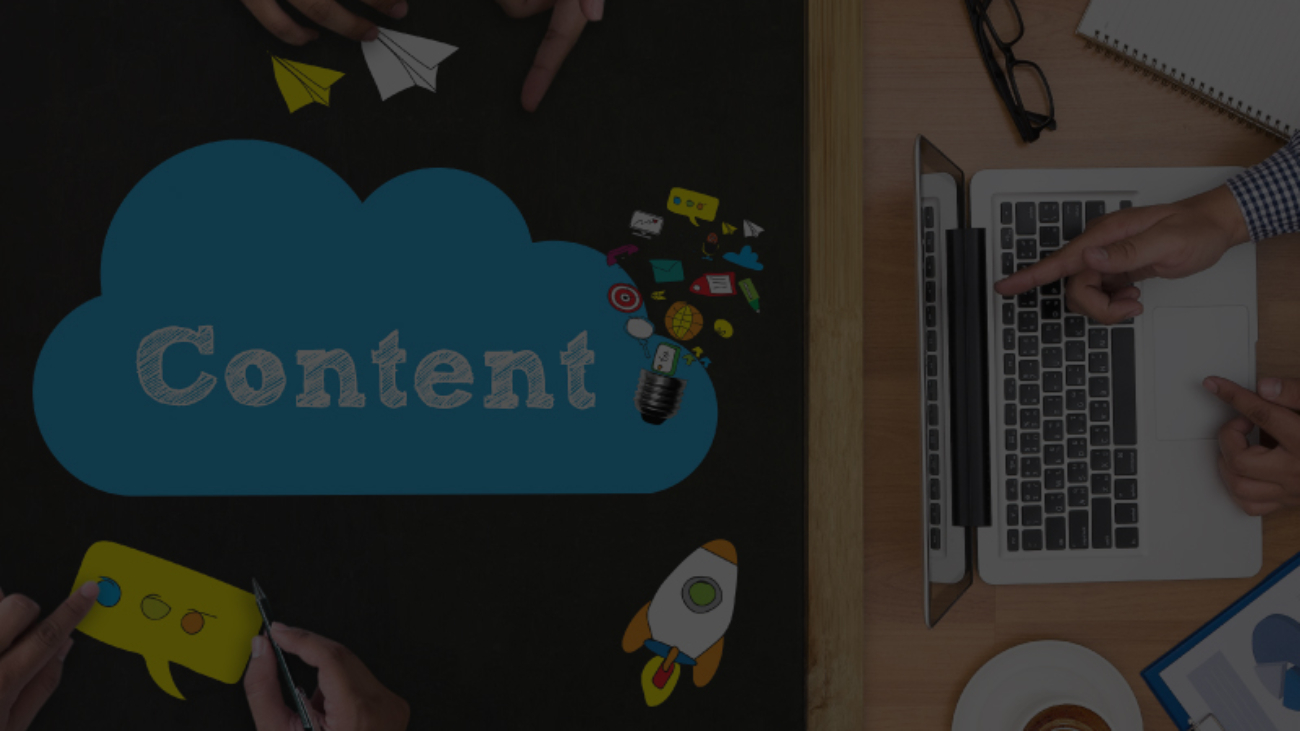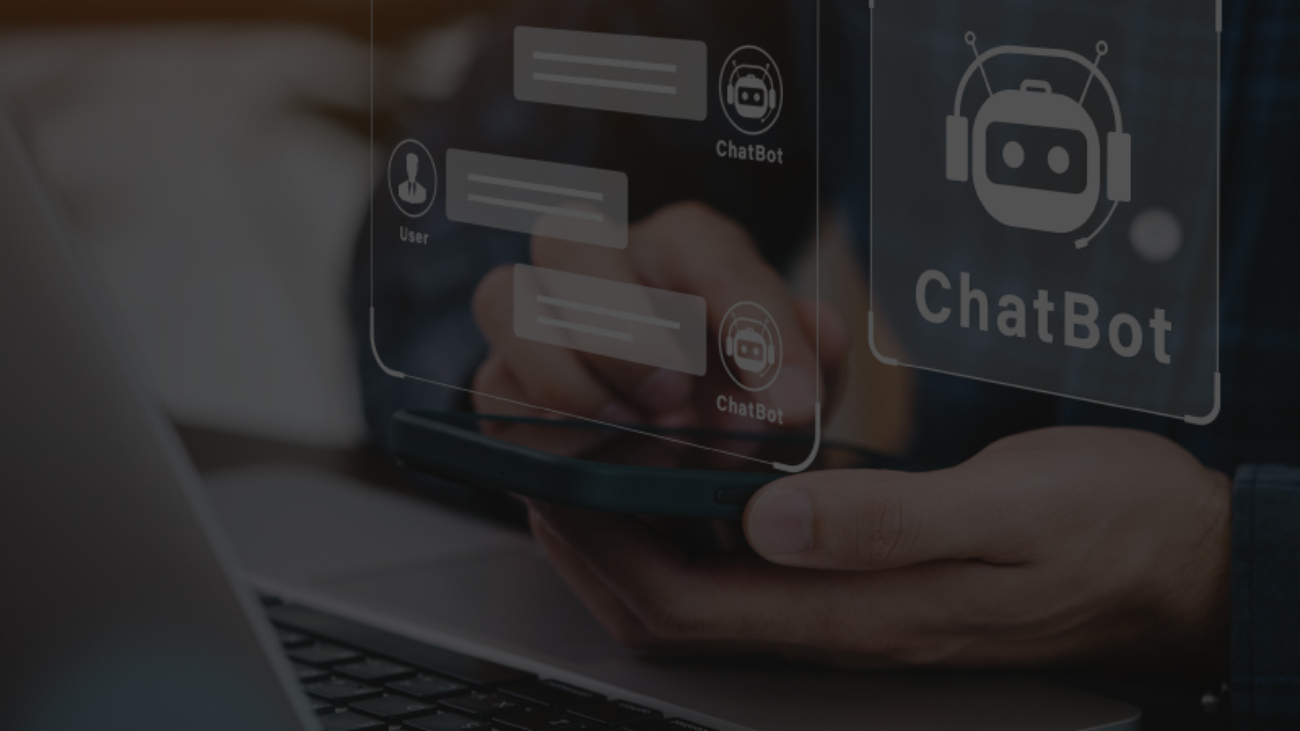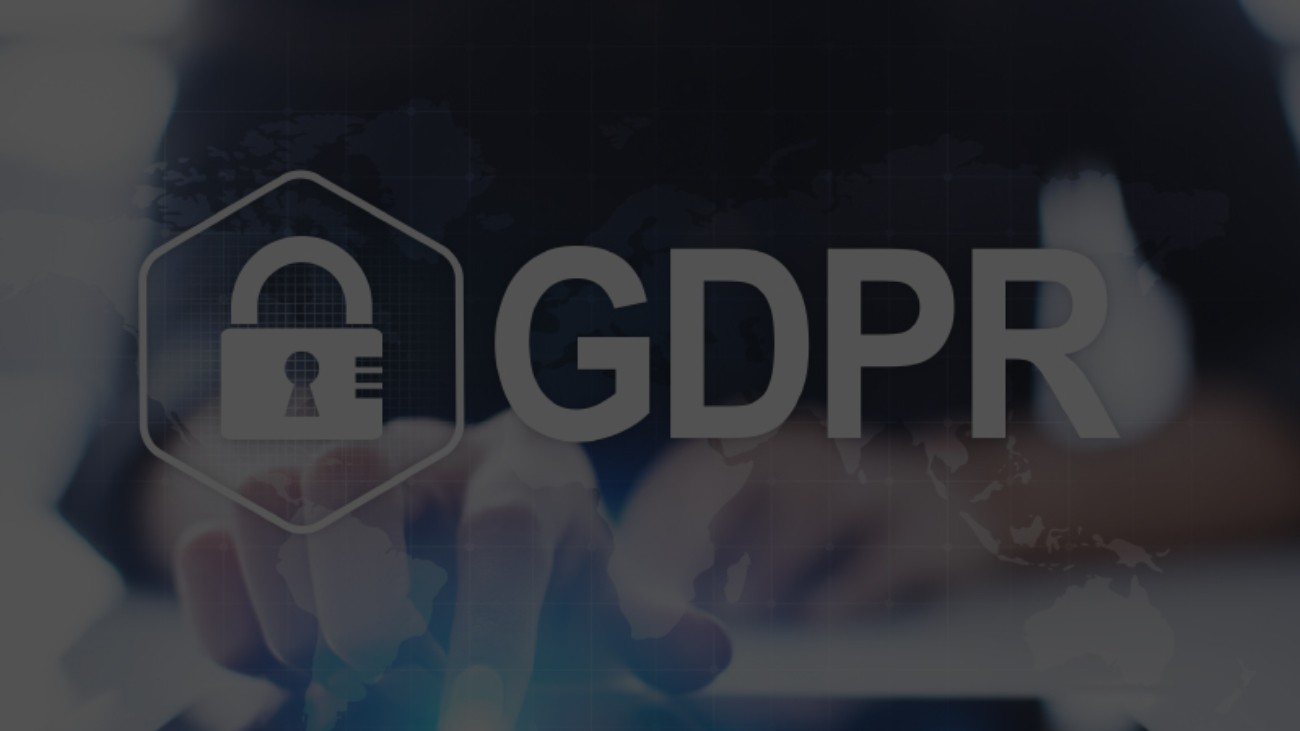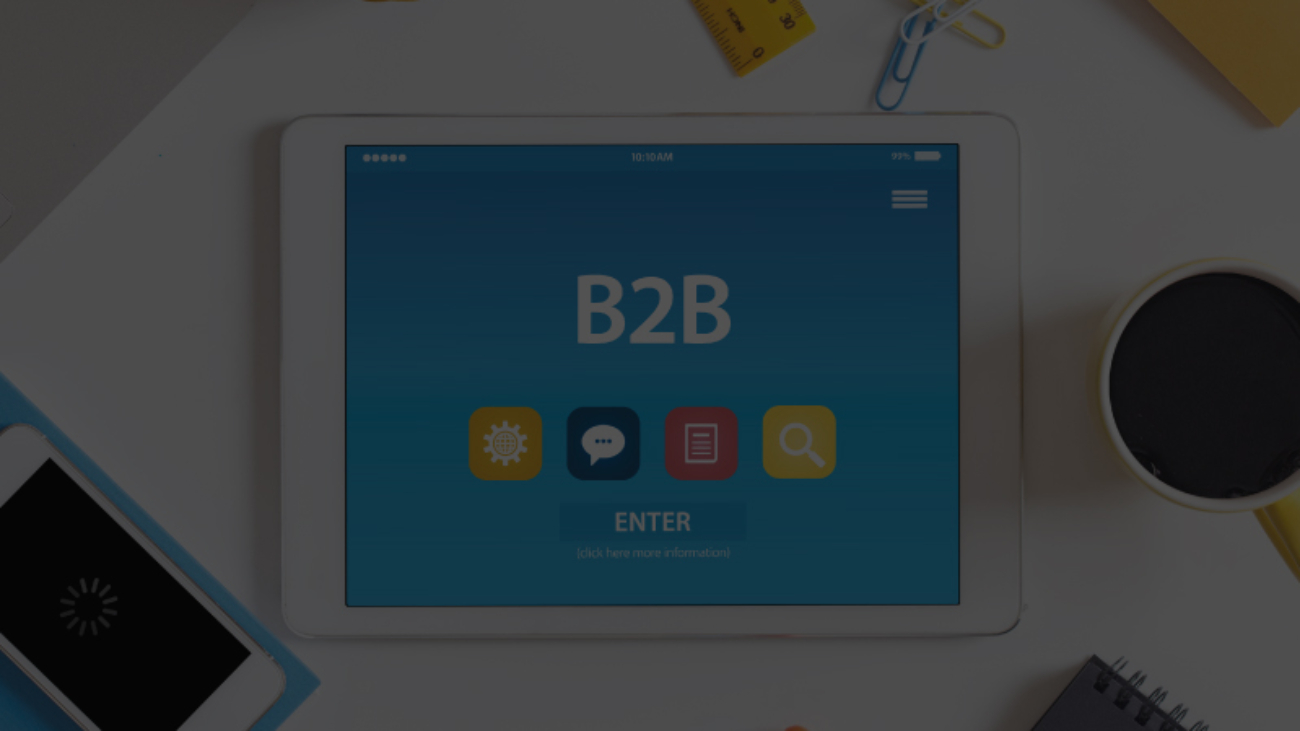Interestingly, communication that should be intuitive cannot afford to be. In connecting with your market, you should only convey why your solution is the best. But the challenge lies in the myriad ways this can be communicated. The skill of communicating using the best-designed content is not very common. And yet, it is finally straight talk that gets ideas across.
Many marketers believe, and I also speak for myself, that the digitalization of marketing communications has complicated content strategies and, at the same time, offered infinite opportunities to connect. The market wants the truth- but the communication should create an impact.
Stick to the Truth
While social media has proven power to influence purchase decisions, it is also about what information is disseminated and in what form- that matters. Deeply reflective content teams are available to support the marketers in this process. They create strategies that will make the biggest splash, and there are tools to identify the thoughts behind them. But tools cannot be the only way to produce content that matters to the market. There has to be intuitive communication bias- a marketer knows what will attract their audience’s interest. It may not always be about the SEO (while that does help) or intent analysis (which helps too). But every single time, it will undoubtedly be about one thing-authenticity-truthful information about how the solution can help the customer- that never fails to make its mark.
So, that’s my first thought- truthful content, with no misrepresentations and certainly, no fabrications will have a maximum and positive impact.
The Value of Person-Hours
How does one get there? Research helps; a deep-dive, probing analysis of market needs, client challenges, and their preferred solutions– certainly helps. Reliable information on what the product achieves for them and how it will help them to achieve their goals- will always take the top marks. Sincere data and honest communication are always preferred.
When it’s about research, the plan is not only to know more about your market. The research should extend to competitive products as well. A deep market study about the positive features of competing products- what works for the users and what doesn’t- is essential. While it’s important to know what to showcase as strengths, it is equally important to know what to state as a weakness your product doesn’t suffer from! This also clears the nagging doubts in the audience’s minds and resolves many unasked questions about the product.
Once that data is collated, information must be gathered and showcased on how the solution can resolve the client’s challenges and why this will be the best choice.
The power of Visuals
Digital communication platforms make putting information across in myriad ways easier- each more interesting than the last. Statistics have proved that visual representation is always more impactful than the written word.
Experts say that 90% of information absorbed is visual in the human brain. Consequently, almost two-thirds of all humans are visual learners- that is, the information that reaches them in graphic form creates more impact than the written word. And data also suggests that communications with visual aids are almost 50% more persuasive than merely written content.
Digital marketing gives the freedom to express themselves across media, and content creators must use all that power. The opportunities to make cutting-edge content are more than ever before- being cost-effective as well as more impactful. So, a large part of your content should be visual; that’s the second secret to great, impactful content for marketing.
Tools to Add Value
Marketing content on digital media can be made infinitely more potent with precise optimization tools. Experts in digital marketing swear by the power of trending keywords, their placement, and the format of the content piece. Digitization also allows strategists to interact with the market in real-time- through comments, links, and continuous social media connections.
Research by Semrush indicates that in their order of importance, these are usually the activities that deliver the most impactful content:
- Researching and adding related keywords in addition to primary keywords
- Analyzing and addressing customer questions in the posts
- Adding more visuals—such as images and videos
- Doing in-depth search intent analysis before writing
- Working on link building for posts
Followed sincerely, this is what will make convincing marketing content, and a valuable communication strategy.

